Nikon PC NIKKOR 19mm f/4E ED Tilt-Shift Lens
This product is no longer available for purchase.
- F-Mount Lens/FX Format
- Aperture Range: f/4 to f/32
- Three ED and Two Aspherical Elements
- Nano Crystal & Super Integrated Coatings
- Fluorine Coated Front and Rear Elements
- Maximum Tilt: +/- 7.5°
- Maximum Shift: +/- 12mm
- PC Rotation Capability: +/-90°
- Electromagnetic Diaphragm Mechanism
- Rounded 9-Blade Diaphragm
Bend perspective to match your vision.
*Depending on the combination of shift and rotation, operation may be restricted by mechanical interference between the lens and the camera.
- VIEW SAMPLE PHOTOS(VIEW IN A LIGHTBOX)
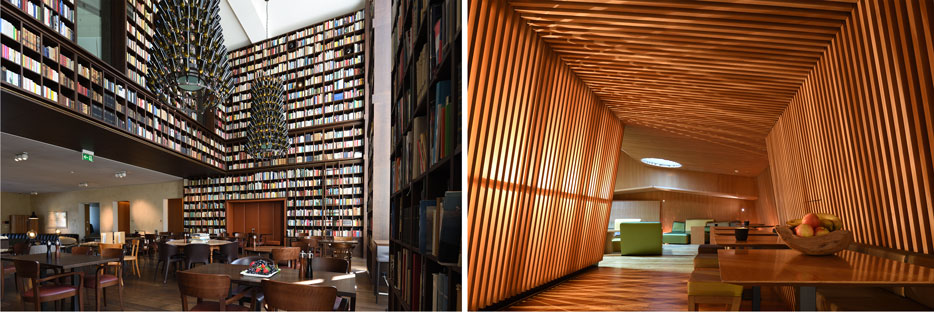
Transformative image quality
Optimized for high-resolution cameras
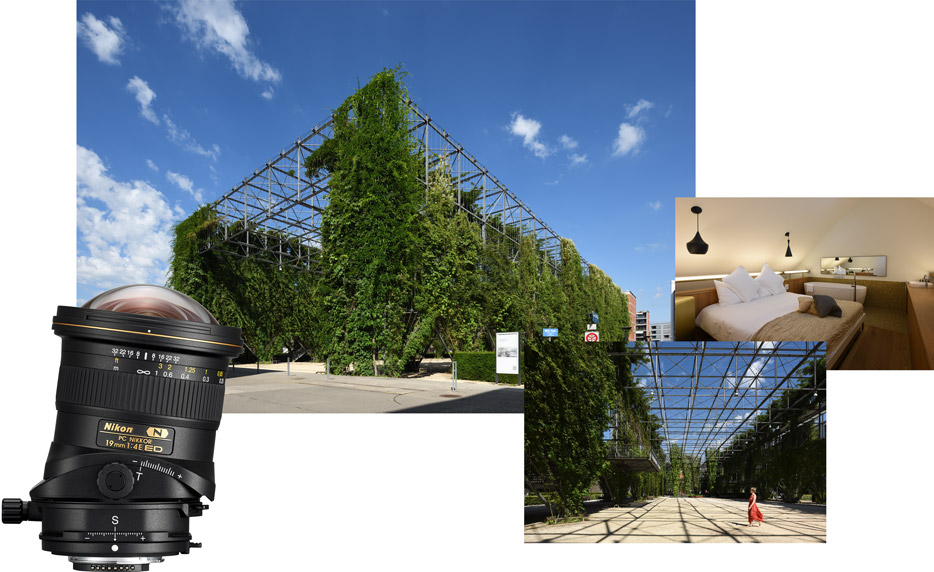
Prized angle of view
Ideal for architecture, interiors, landscapes and panoramas
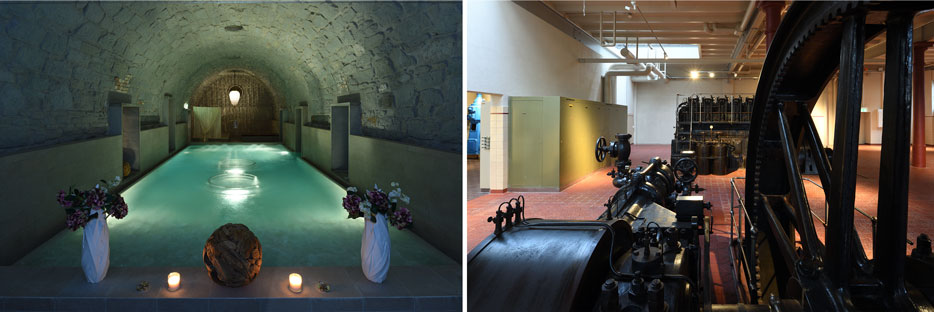
Maximum perspective control
New PC rotation capability
Nikon’s exclusive non-stick Fluorine Coat resists dirt, water spots, fingerprints and smudges, and is available on the PC NIKKOR 19mm f/4E ED and these lenses:
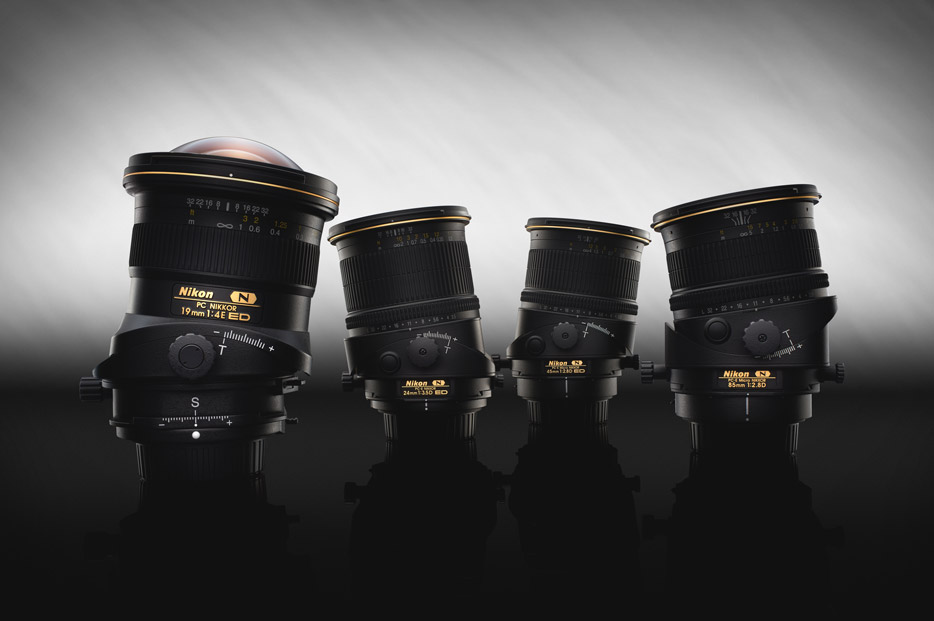
Exceptional quality
Superior imaging at your fingertips
Technology
-
Aspherical Lens
A lens with a curved, non-spherical surface. Used to reduce aberrations and enable a more compact lens size. Aspherical lenses minimize coma and other types of lens aberrations, even when used at the widest aperture. They are particularly useful in correcting distortion in wide-angle lenses and help contribute to a lighter, more compact design by reducing the number of standard (spherical) elements necessary. Aspherical lens elements correct these distortions by continuously changing the refractive index from the center of the lens. -
ED (Extra-Low Dispersion) Glass
An optical glass developed by Nikon that is used with normal optical glass in telephoto lenses to obtain optimum correction of chromatic aberrations. -
Electromagnetic Diaphragm Mechanism
An electromagnetic diaphragm mechanism in the lens barrel provides highly accurate electronic diaphragm or aperture blade control when using auto exposure during continuous shooting. With conventional D/G type lenses, the diaphragm blades are operated by mechanical linkage levers. -
Fluorine Coat
Photographers need gear that can withstand the elements. Nikon’s fluorine coat effectively repels dust, water droplets, grease or dirt, ensuring easy removal even when they adhere to the lens surface. Nikon’s fluorine coat endures a high frequency of lens surface wiping and its anti-reflective effect also contributes to the capture of clear images. -
Nano Crystal Coat
An anti-reflective coating developed by Nikon that virtually eliminates internal lens element reflections across a wide range of wavelengths. Nano Crystal Coat uses ultrafine, nano-sized* crystal particles to eliminate reflections inside the lens throughout the spectrum of visible light waves (380 to 780 nm) in ways that far exceed the limits of conventional antireflection coating systems. Nano Crystal Coat not only solves ghost effects caused by red light, which was incredibly difficult for previous systems. It also effectively reduces ghost and flare effects caused by light entering the lens diagonally. The result: clearer images. -
Super Integrated Coating
Nikon Super Integrated Coating is Nikon’s term for its multilayer coating of the optical elements in NIKKOR lenses.
Models that can be used without any limitation: D5, D4 series, D3 series, D810 series, D500.
Usable models although there are some limitations: Df, D800 series, D750, D700, D610, D600, D300 series, D7200, D7100, D7000, D5500, D5300, D5200, D5100, D5000, D3400, D3300, D3200, D3100.
Incompatible models: D2 series, D1 series, D200, D100, D90, D80, D70 series, D3000, D60, D50, D40 series, film cameras, Nikon 1 series with the FT1.
LCD, Video and Photo Gallery images are for illustrative purposes only.
| brands | Nikon |
|---|
Based on 0 reviews
Only logged in customers who have purchased this product may leave a review.

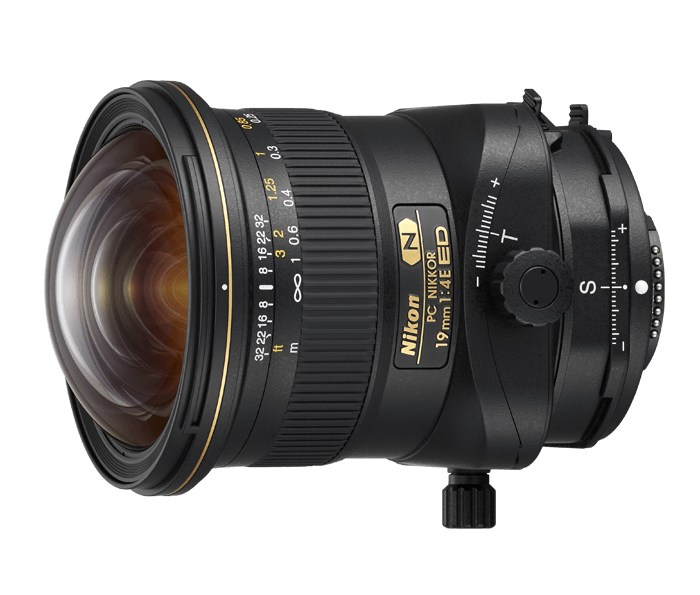







There are no reviews yet.